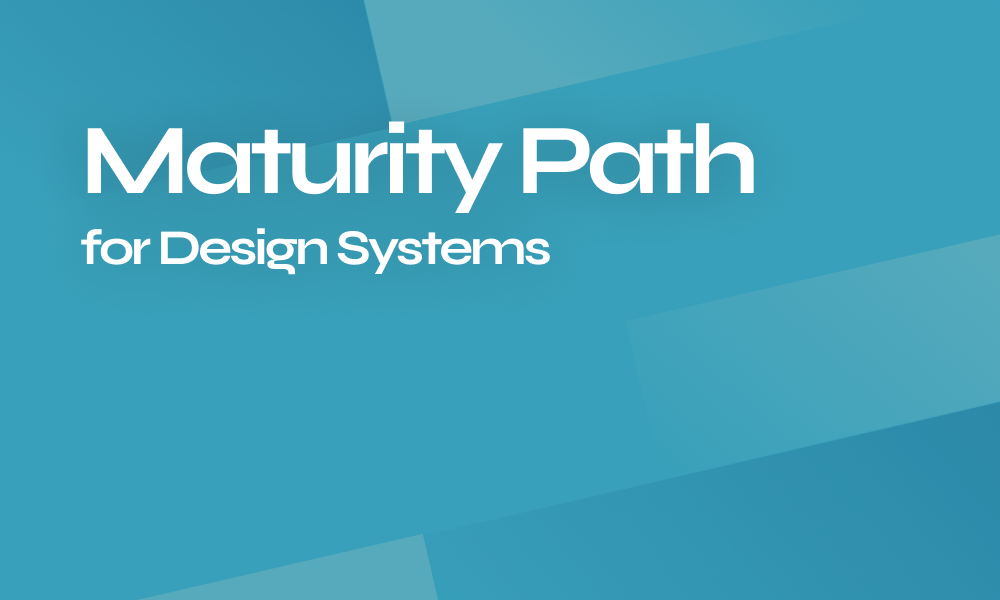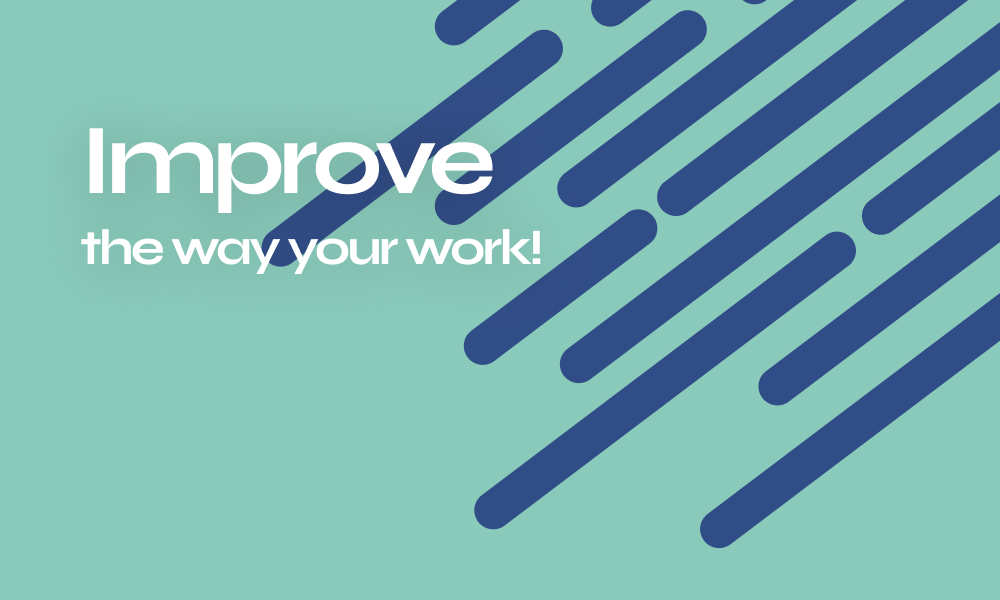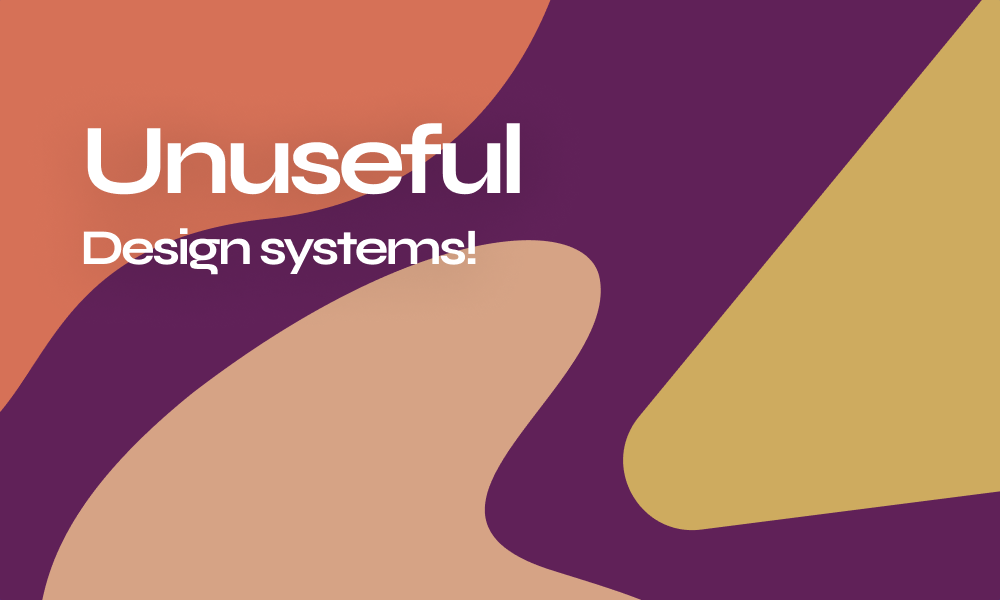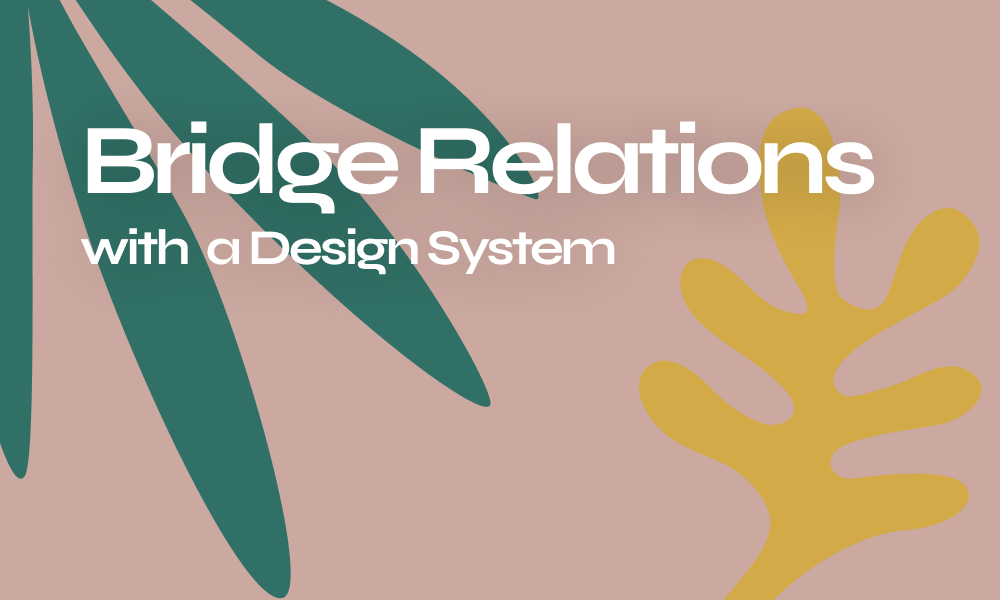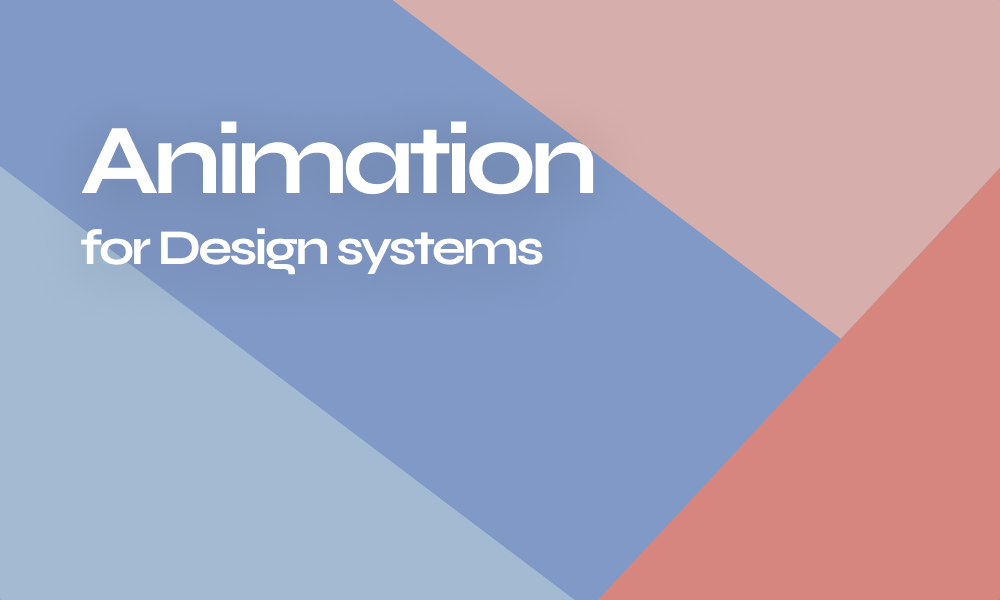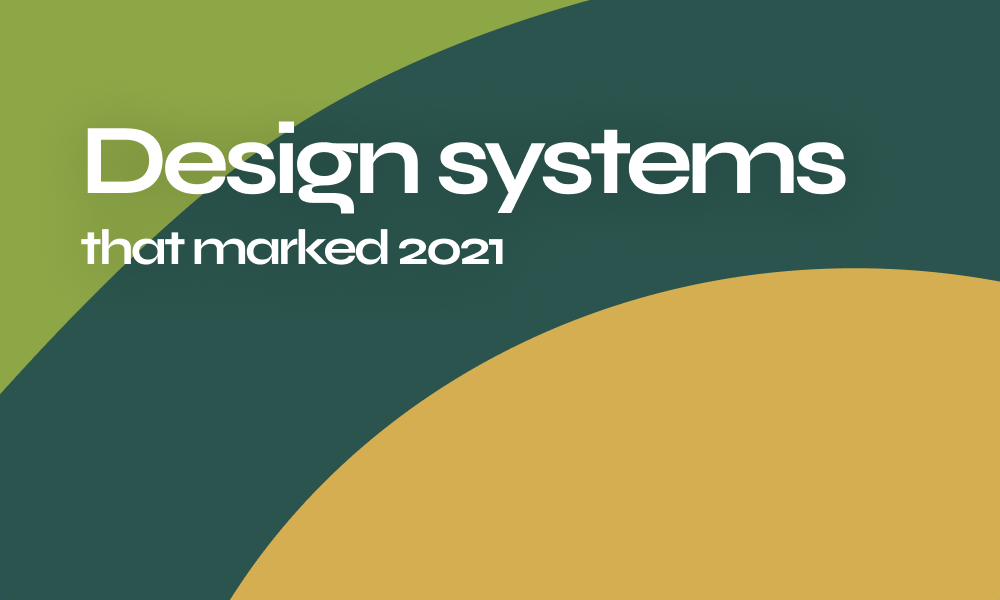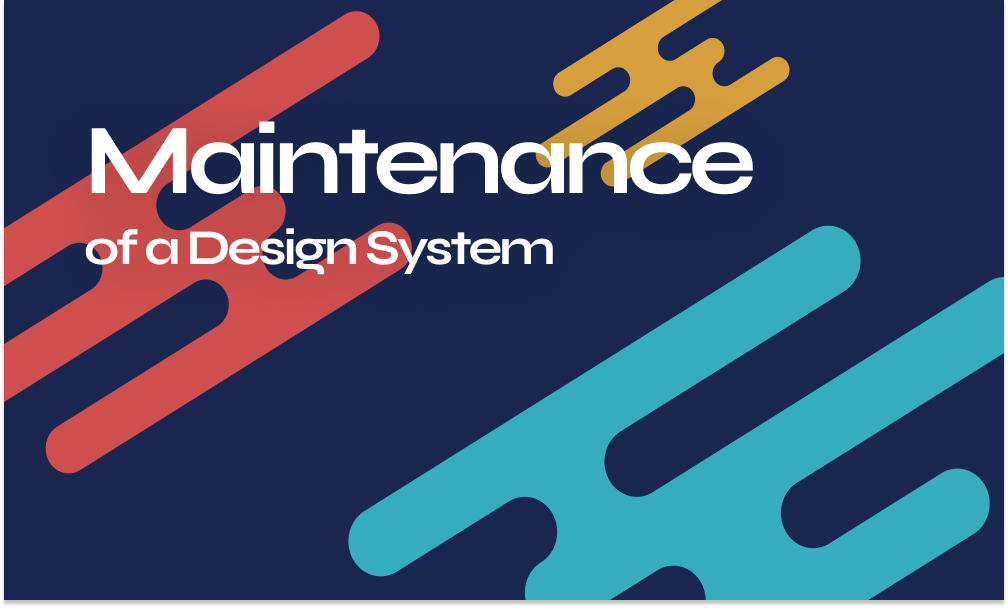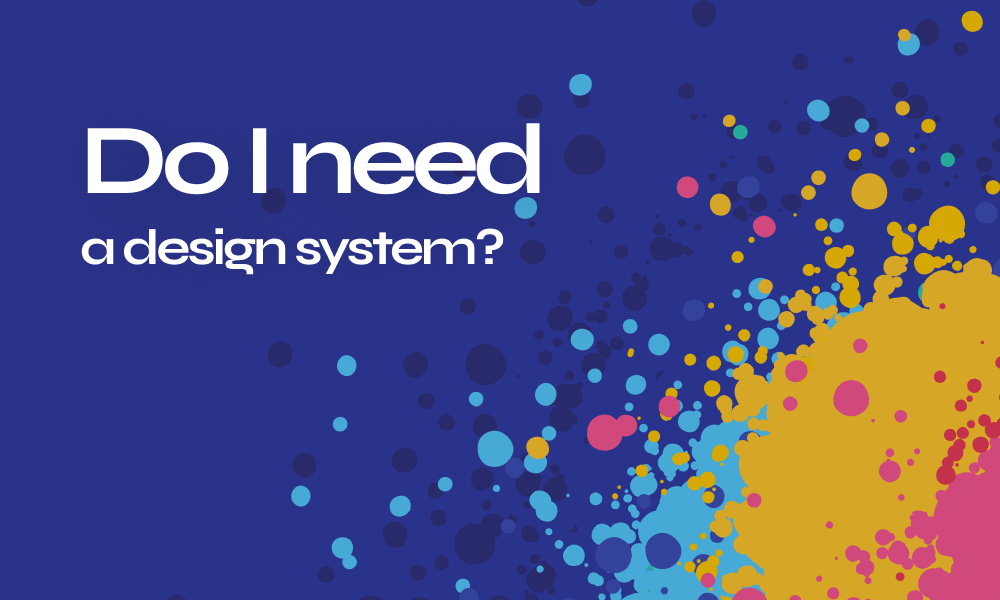
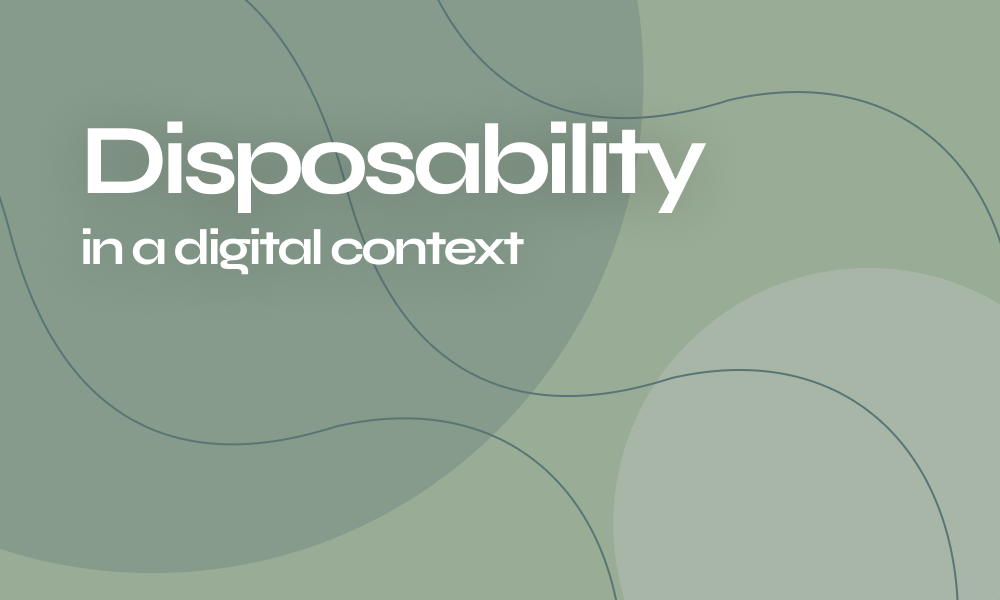
The design world will never miss a wave, shifting from one trend to another trying to meet the evolving user expectations. Even The best designs have a questionable longevity: Designers might spend hours creating something that would be used once for a certain project and then eventually just gets outdated and forgotten.
What drove design pioneers to create the famous design system concept is the need to find a solution for the immense amount of “disposable” designs that cost effort, charges and hours of work!
How disposable designs are trouble to your business? How important is it to find a middle ground between re-inventing the wheel and reprocessing existing designs ?
This article is a reflection about the huge necessity of adapting design systems to fight against disposable designs!
Disposablity in a digital context? How harmful?
The anti-disposability movement is often taken from an ecological perspective. In 2021, we talk about the fundamental necessity of taking anti-disposable practices for planet survival. But when we take it to the digital context??
The trend-changing digital world creates Disposable designs that carry the efforts, time, and money spent on it in one single use. Longevity is as important in real life as in the digital concept.
Metarphorly, disposable designs can be as harmful as single-use plastics:
- Holds work at a short term based action where you have to reinvent the wheel each time
- Give little chance to test future-proof usability, leading to an unpleasant User experience.
- Waste of time recreating and reformulating existing solutions for existing problems
- A very long, monotonous, and complex design process
- Stocking a huge amount of disposable data
- Limited time for innovation
- Often ends up with inconsistent branding
Feeding your portfolio on Disposable designs leaves no space for a long-term strategy and leads to the accumulation of the issues mentioned above to a point where day-to-day tasks get affected, eventually causing inefficacy over your design process and drainage of your resources.
Challenges faced due to traditional design approaches
Inconsistent workflow
Dependless on the type of product you are designing, there is one thing that can’t be risked: consistency!
Consistency goes hand in hand with the design purpose of shaping a well-planned user experience. Every aspect of the product should be built with consistent practices that ensure accessibility, smooth navigation, neat information architecture under the right guidelines.
Falling into the “made in China” kind of design
Catching on trends in time is something, but following blindly with no clear guidelines is a whole other thing. Attempting to imitate trending patterns can lead to a “look like” result that functions so badly. Every day there are new design fads, new standards, new frameworks, new user scenarios, but how to effectively use them?
Lacking valuable documentation and effective collaboration
Where to go and which vision to follow can only be determined through robust documentation of your milestones, available strategy, and an overview of your work practices.
Handover documentation is also a necessity for project scaling and future maintenance. With no detailed docs, you might fall into a lack of alignment within your team where the absence of a member can cause terrible interruption of your workflow.
Tight paths for amelioration
Creating things for the sake of handing them to the client can make you fall into the endless loop of delivering tasks and drag you away from your learning journey. Most design approaches promote a design, but none ameliorates it.
Feedback is necessary for your growth, but obtaining the feedback in time remains a challenge for old designing methods.
Easy coming easy go, nothing to be remembered
Where do you keep your footprint in all of that? What makes the design yours and only yours? With questionable longevity, nothing really stays. Your design keeps no traces or impact to be remembered or used in the future. Sustainability helps maintain the success elements for future use and segregate what can be constant and what can be altered.
- Branding: Your design should speak for itself and create a sense of familiarity from one project to another. No matter how much you create or how much you reinvent your brand is one thing that should be consistent.
- Losing focus on fundamentals
Flipping from one tone to another will eventually cause you to lose your own voice: Graphics basics, neat typography, suitable colors’ palette, consistent content architecture, responsive grid system, and clear navigation are undisguisable elements no matter how many trends you follow.
Responsiveness and accessibility issues
Disposable designs are harder to fit into different screen sizes, and it often requires the complete restructuring of some design elements. Spaces and negative spaces would be harder to leverage. Contrast needs to be reworked. Designing for different screen sizes feels like starting from scratch each time.
Why design systems for sustainable designs
Designing is way different from “ building”. When you create a product for the use you don’t step out of the short-term usability it offers, but when you build you create a structure to remain useful and a learning process to stand and grow.
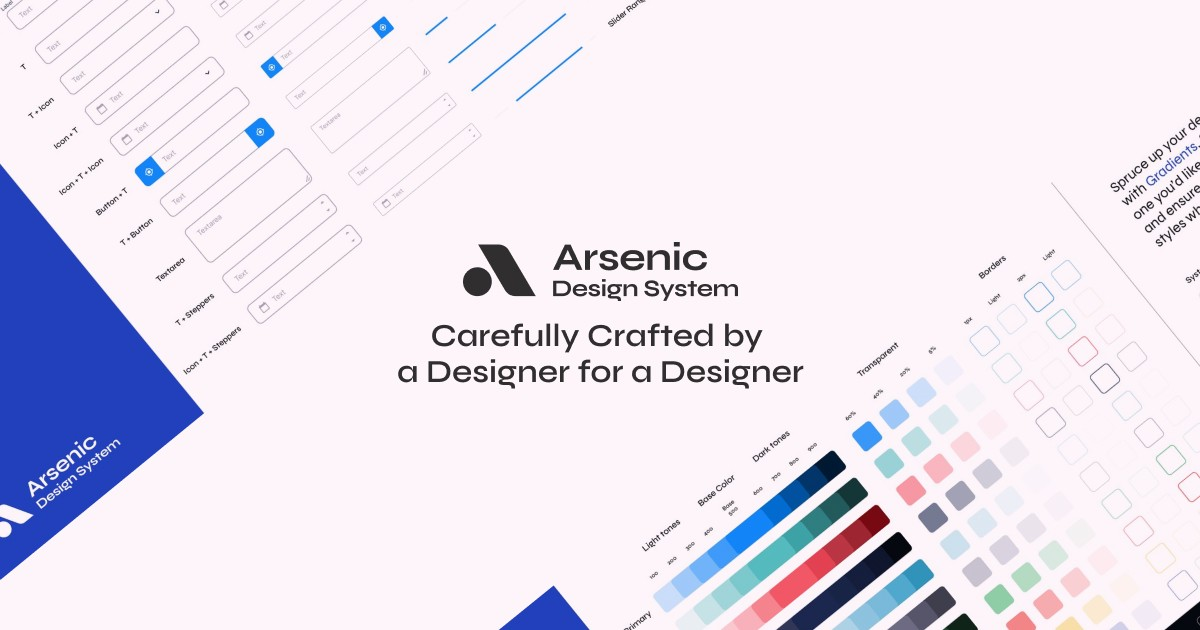
Arsenic Design system offers an all-in-one integrable solution with specific control panels to customize every aspect of every discernible component. Arsenic offers expert practices, UI guidelines for every kind of platform, ready-to-use layouts, and kick-starting UI kits. You can optimize your practices and design top-notch web and mobile solutions easily in no time!
Implementing a design system is a modern approach towards following effective work models that guarantee durability and flexibility with an atomic-based design structure where you don’t have to start from scratch and benefit from existing solutions to solve existing problems. You can kick-start your project with the necessary guidelines that help understand the how and What of everything you design.
The atomic structured design is the cutting edge solution to adapt scale design according to adaptive changes. Everything you create can be well documented and altered to be used while maintaining the initial aim and consistency of it.
You can not only solve current problems, but also future ones with cognitive approaches, as it aligns all team members around a clear set of guidelines to keep every action transparent.

